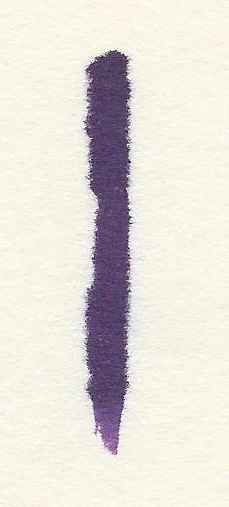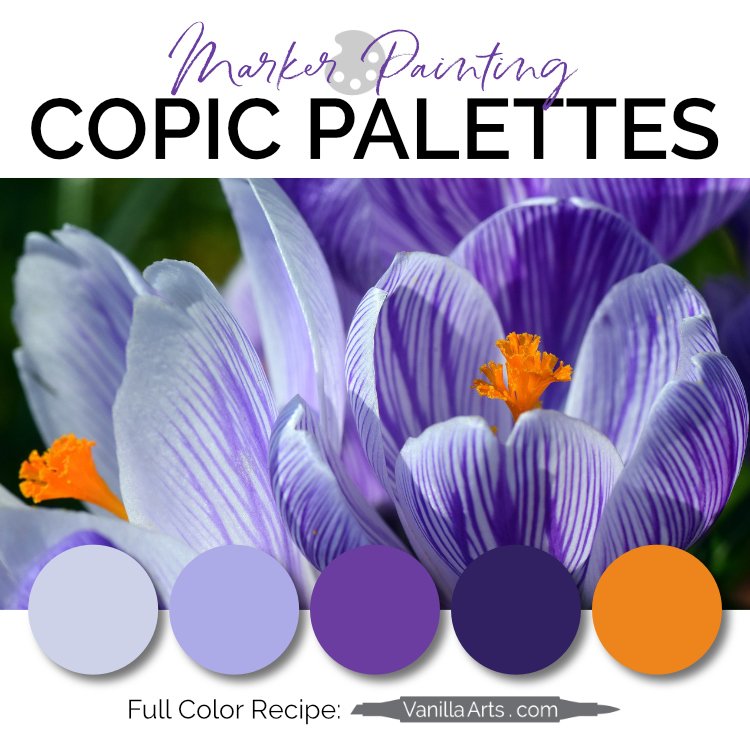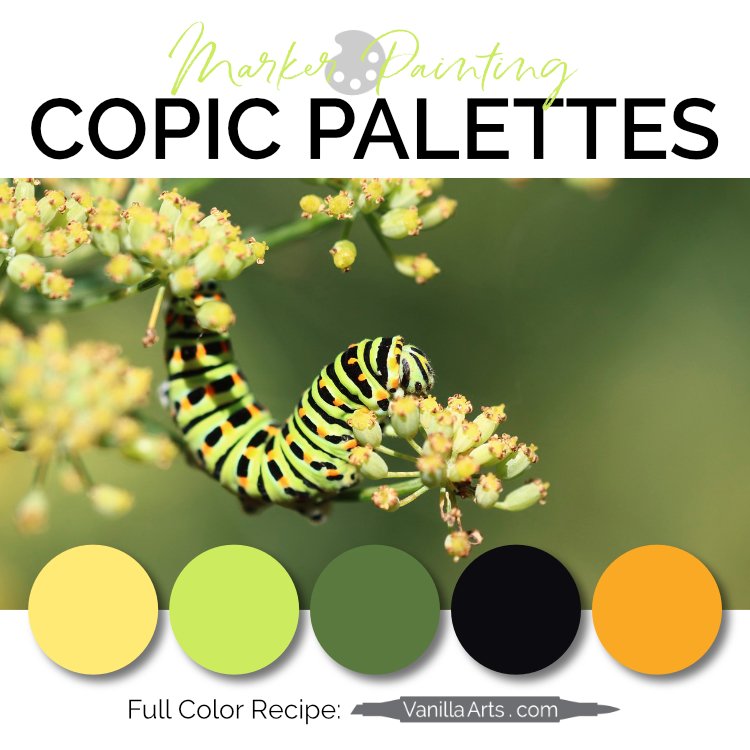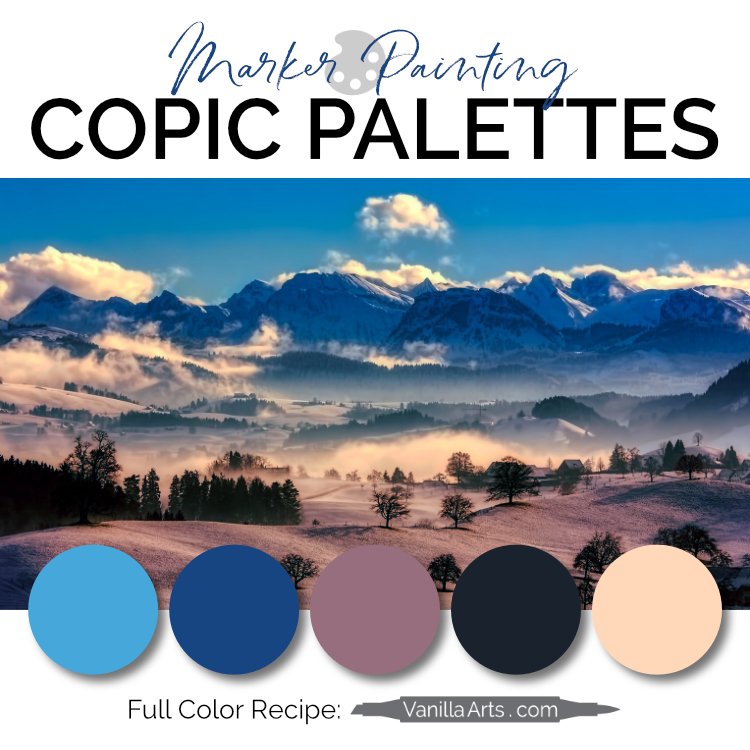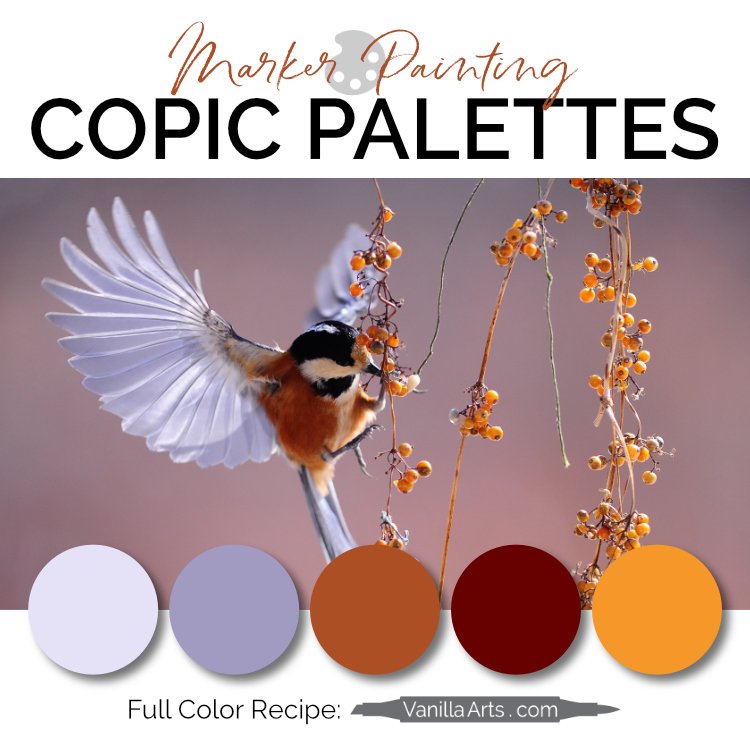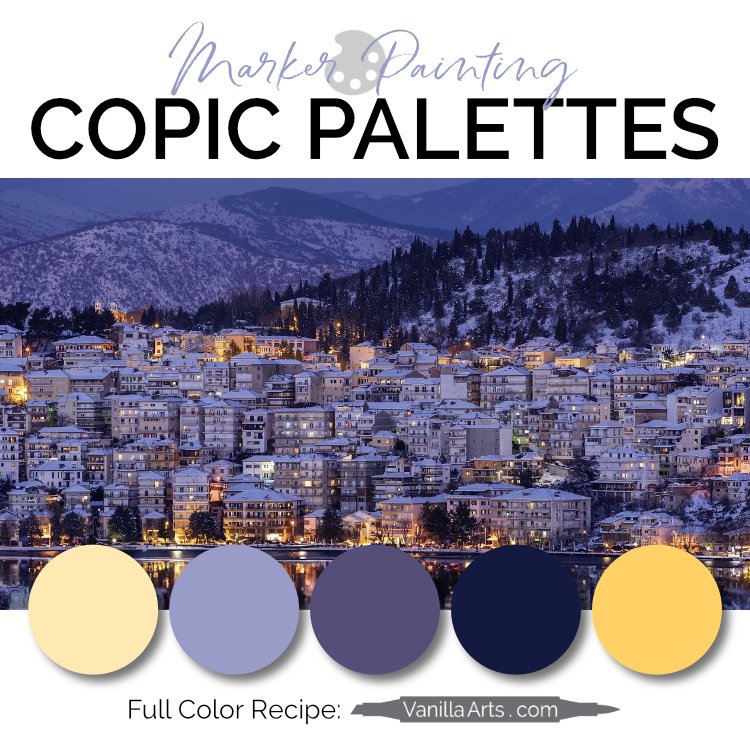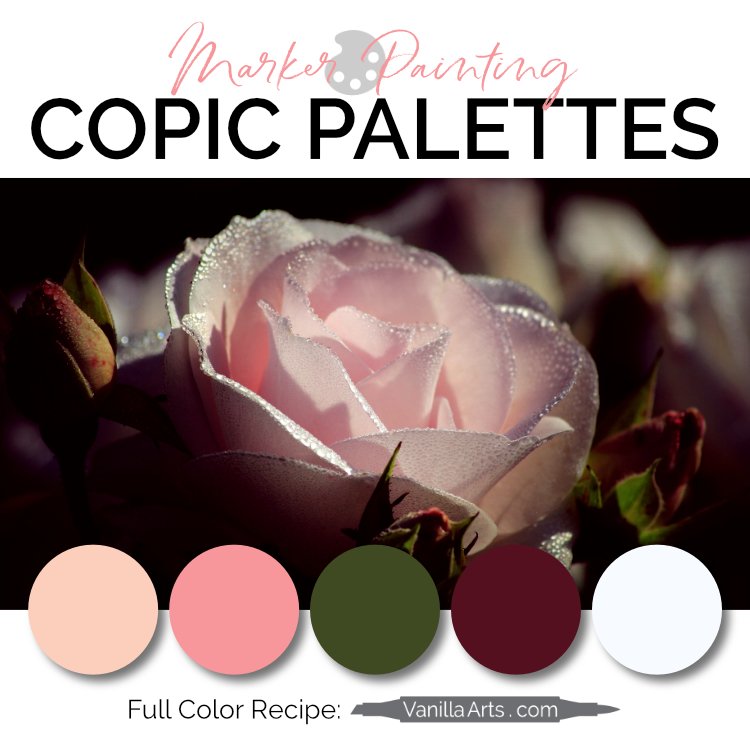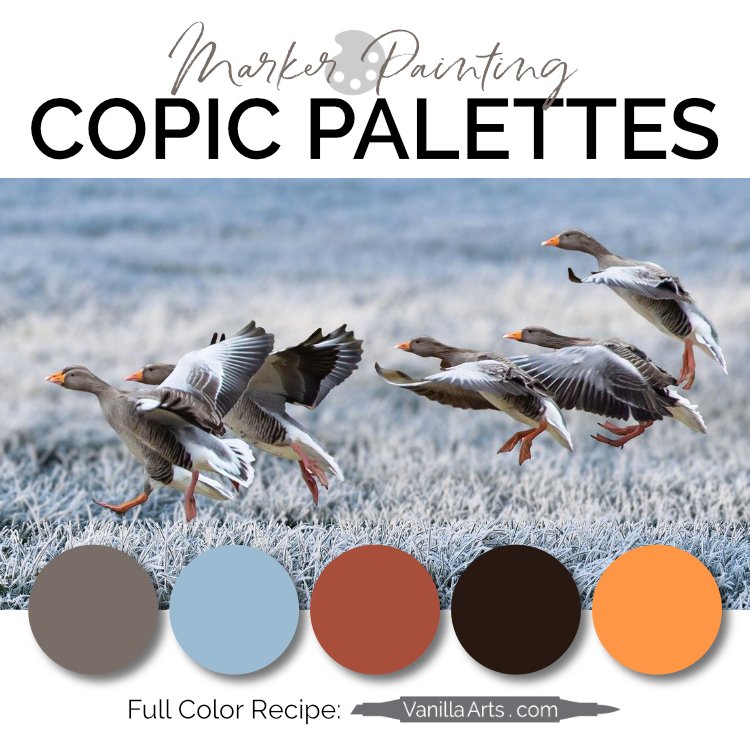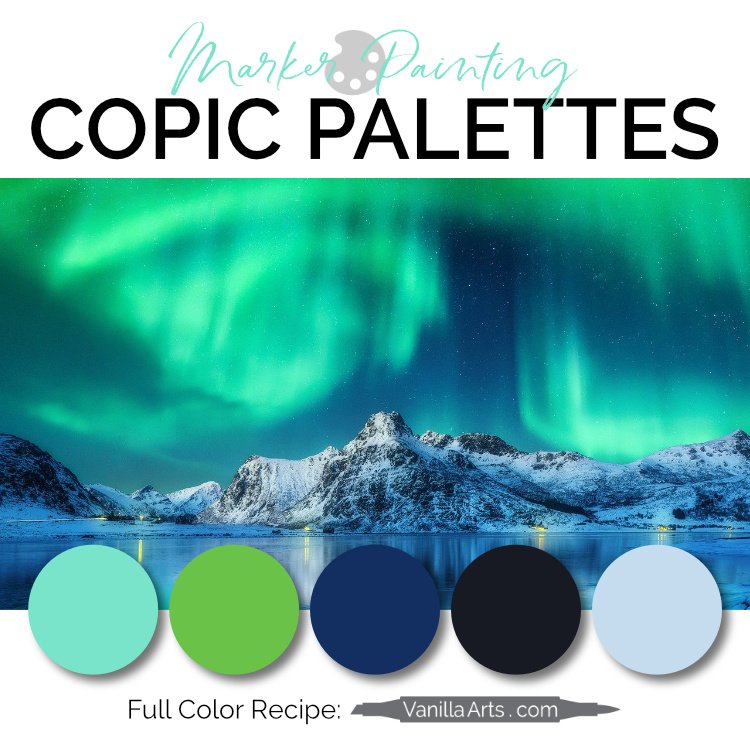Six Tips to Fix Copic Marker Blending Problems
Listen to your markers
The strokes do not lie.
One of the many benefits of attending live classes is that a good teacher can spot your technical problems as they occur and help you adjust your technique.
But how do you do this for yourself when coloring at home?
As a teacher and experienced colorer, I can usually look at your project and tell you why your markers are not blending well. I don't actually have to see your process, I can read it on your paper. That ability has nothing to do with my world-renowned psychic talents. I'm not an Indian guide in my free time and I can't put my ear to the ground and tell you how many horsebacked banditos are following us through the canyon...
But that doesn't mean that I can't read the obvious signs.
You can read the signs too.
Marker strokes do not lie. They're like footprints that either lead to success or odd little boo-boo areas.
Everyone has a few projects sitting at home that they're not very proud of. You don't hang these on the fridge because you know something isn't quite right. What you might not realize is that these goofs are valuable; you can learn from your previous mistakes. Failed projects can tell you exactly what you did wrong, if you're willing to listen.
So let's take a look at the 6 most common blending mistakes I see in classroom settings. Then I want you to pull out your most recent project o' shame and see if you're guilty. Spotting the tendency is half the battle to solving the problem. Once you're aware of your bad habits, you can remind yourself to avoid the same mistakes during your next coloring session.
Common Marker Issues
1. Bleeding Strokes
Do you have hairy looking marker strokes?
If you're happily coloring along and that mean old ink is bleeding uncontrollably, with every mark you make, STOP IMMEDIATELY.
Please check your paper. Is it good quality blending card or marker specific paper?
No?
I've met a few students who can't quite understand why they color so awesomely in class but never get it right at home.
And while I'd love to take the credit for creating a magical classroom atmosphere where unicorns dance and students tap into the universal well of artistic talent...
Nope, there are no leprechauns under my classroom tables. The magic comes from using the right paper. I give all my students great quality blending paper, especially designed for marker use.
Marker paper is hot pressed for maximum smoothness and then coated with pixie dust (or more likely, a polymer coating) that both slows down the marker dry time and encourages blending.
So if you're coloring at your kitchen table on a sheet of Office Barn's Bargain Bin copy paper...
Do I really need to explain this one further?
If you want to blend well at home, buy the right paper.
2. Inadequate Moisture
When you bake a batch of box-mix brownies, what happens if you decide to cut back on the wet ingredients? Let's say you put in half the water and fewer eggs.
How awesome will those brownies turn out?
Tender and chewy brownies require the correct amount of moisture in the batter. Half dry brownie batter full of powdery lumps will never bake properly.
We all know this and yet we take squeaky, pale tipped Copic Markers and try to squeeze one last project out before we refill it.
I know, I'm right there with you. I don't own a bottle of refill ink for every one of my markers and there's no way to get some refilled when I'm coloring at 9:30pm in my pajamas.
Beautiful blending requires moisture. The solvent that is present in the inks is what allows the two colors of dye to swirl and merge into a third color. If you're missing out on the juice, you're simply not going to get a proper blend because you're lacking the lubrication that allows two different inks to get together and get happy with each other.
Your marker doesn't need to be at the squeaky stage to be running low. Run the edge of your fingernail up the side of the brush tip to check how juicy it is. You should see the ink shine as you press into the brushtip with your fingernail. Your fingernail should come away with quite a bit of color on it too. And lastly, that brushtip should feel smooth and slick to your nail, any trace of gumminess means it needs more juice.
3. Hesitation Blobs
When I was five, I was the flower-girl in my aunt's wedding. I got to toss confetti from a basket that was about twice as full as it needed to be. I was told to toss one handful to the left and one to the right, until I got to the stage.
What they didn't count on was a traffic jam.
I tossed like a pro. Left, right, left, right. And when the line stopped mid-way down the aisle, I kept tossing. Left, right, left, right, as confetti piled up around my feet. I ran out long before the bridesmaids all made it up on stage. Never ask 6 ladies to quickly climb stairs in long, tight column gowns.
That's how markers work too. You don't have to go anywhere for them to release ink. With colored pencil, you have to physically drag and press to make a mark. No movement, no mark.
Not markers. They gush as soon as you touch down and keep gushing until you lift up.
That feature works against people with hesitant strokes.
See the ink pools on either end of this orange stroke? That's a 1 second stop in my movement. One second is enough to put little blobs on the beginning or end of any stroke you make.
Smooth blending is the result of an even layer of color and an even dry time. Concentrations or pools are difficult to blend because they require more attention and then stay wet longer than surrounding areas.
Hesitation blobs are especially problematic when you leave one in the middle of a face or in an area of what should be smooth sky or background.
A smooth stroke will touch down, move, and lift in one smooth stroke. It's evenly timed and balanced, without leaving a beginning or end blob.
4. Color Walls
Walls occur when you forget to flick or feather.
It happens when you start coloring too fast and your flicks turn into a zig-zag back and forth stroke that never quite lifts up off the paper.
I've used YG67 here in a zig zag application. See the blunt tips on the left ends of each stroke? There's no lift off or triangle tapering-off, the pigment just stops dead and reverses direction.
That makes it harder for the YG63 to come along and blend with it.
Think about it- if you're building a road, you don't want to leave a big pile of unusued asphalt at the end of the road when your shift ends. By the time you get to work tomorrow, that pile will be hardened and you'll have to grind it down before you can continue the road out smoothly.
So why would you leave a big pile of pigment at the end of your strokes? You're going to have to melt down that wall before any blending can begin. Often times, you'll have to really scrub at a wall. If you taper your strokes instead of zig-zagging, you will have a much easier time blending.
5. Tip-Flicking
My most timid students tip-flick.
Maybe it's because they're intimidated by the color, perhaps they're conserving ink, or maybe they figure that small marks are easier to correct than big marks.
It doesn't really matter why you tip-flick, you make your life harder when you don't give yourself adequate space to blend.
Here's tip flicking at it's worst.
In order to feather, we need a nice build up of each color plus an area where the two colors can meld and blend and genrerally overlap each other.
So that's three zones you need:
Color A all by itself
Color A & Color B getting happy with each other
Color B all by itself
Tip flickers cheat the first zone and leave no ink for the blend zone. You simply can't blend if you don't have enough color there to blend with. There's lots of BG05 here but who is she supposed to dance with? The BG09 strokes need to be longer and closer together in order to survive the blending process, otherwise it's going to look like all 05 by the time you get it all smooth.
6. Oil Slicks
Oil slicks happen when your paper becomes saturated beyond its holding capacity. Basically, you've dumped a gallon of ink on a one teaspoon area.
When your paper can't absorb more ink, the remaining ink begins to congeal in a jelly layer on top of the paper. It looks dark and can sometimes be sticky. With Copic inks, it will have a slight metallic sheen, just like rainbow oil spills on the street after a rainstorm.
Oil slicks usually happen for one of two reasons:
You made a mistake and over-corrected with a lot of colorless blender plus a second (and third layer) of the original marker colors.
You tip flicked or built a wall, then overused your lightest marker in an effort to coax out a decent blend.
What you can't see in this scan of my oil slick is the sticky area in the center. I had to use a bit of alcohol on a tissue to clean off the glass of my scanner because this picture left an ink smudge.
I have a few students that if I don't keep their hands busy, they'll go back to previously colored areas and add more. They add more to everything. They'll re-blend perfectly good areas, they'll re-smooth the smooth sections. I'm not sure why but some students have trouble just letting things be.
If you know that you have a heavy hand with your inks or that you're a frequent re-blender, you need to monitor the back of your paper- CONSTANTLY. If the backside starts looking identical to the front, you're on teetering on the ledge between a-okay and Exxon Valdez.
Once the paper gets this colorful on the backside, no good can come from adding anything more.
Oil slicks will not dry, they will not lighten. In fact, I've long suspected that oil slicks actually get darker as they get rubbery- exactly like the ketchup that congeals inside the bottle cap.
Six marker errors which damage your coloring
I'm guilty of all of them at one time or another, especially dry-markering.
Oh boy, do I love to dry marker stuff. Nine times out of ten when the thought runs through my brain "Huh, guess you can't color very well today, Amy" it's a sure sign that I need to stop and refill the darned marker.
Instead of berating yourself for having a bad coloring day, next time take a look at your marker strokes. What are you doing to create the problem. Diagnose the problem and you can turn a gray day into B14!
What's your private pitfall? Tell us about it and let's commiserate together!


